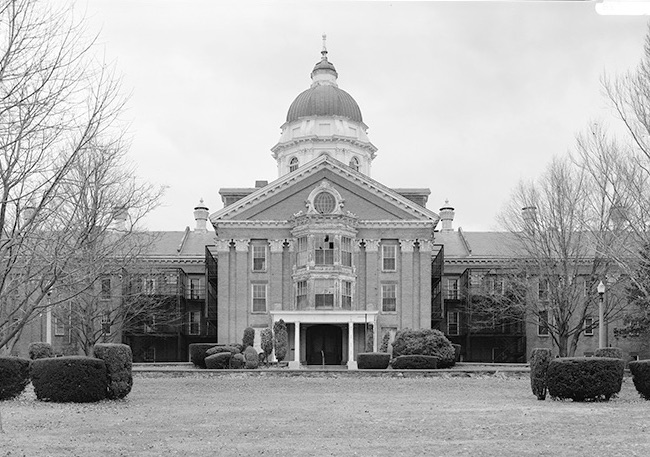“Since the world began,” wrote Edgar Allan Poe in 1843, “there have been two Jeremys.” Bentham, the Jeremy who wrote a “Jeremiad about usury… was a great man in a small way.” The other Jeremy, Jeremy Diddler, “was a great man in a great way… indeed, in the very greatest of ways.” Poe might have been biased. Jeremy Diddler was indirectly responsible for his existence. Diddler was the rascal who schemed his way into the aristocracy by winning the heart of young (and wealthy) Peggy Plainway in Raising the Wind, a comedy that opened on the British stage in 1803. By the next year, it was playing in American theaters, including one in Richmond, Virginia, in which a seventeen-year-old actress named Eliza Hopkins took the role of Peggy. Her husband, Charles, played a local named Sam, and a young actor from Baltimore, David Poe, appeared as the Plainway servant Richard. Less than a year later, Charles Hopkins died, and in April 1806, Eliza Hopkins married David Poe. The couple trouped together for four more years, Eliza Poe garnering much better reviews than her husband, who, according to one critic, “mutilated some of his speeches in a most shameful manner.” David, perhaps tired of being upstaged, left Eliza in the spring of 1810, and was never heard from again. In December of that year, Eliza gave birth to Rosalie, her third child. A year later, Eliza died, orphaning the infant along with her brothers: William, nearly five, and Edgar, who would turn three the following month.
Poe’s comments about Diddler came in an essay that appeared in the Philadelphia Saturday Courier. Perhaps in tribute to his parentage, Poe titled the piece “Raising the Wind; or, Diddling Considered as One of the Exact Sciences.” What made Diddler great, Poe argues in the essay, is that he embodied precisely that which defines man—“as an animal that diddles.” If only Plato had figured this out, Poe explains, he would have “been spared the affront of the picked chicken” that Diogenes waved triumphantly in Socrates’s face after Socrates defined man as a featherless biped. “A crow thieves; a fox cheats; a weasel outwits; a man diddles,” Poe continues. “To diddle is his destiny.”
Poe goes on to provide a “compendious account” of diddling, describing some of the scams of man, including one that starts on a wharf from which a steamboat is about to cast off. A man hurrying toward the ship suddenly stoops and picks up something from the wharf. “Has any gentleman lost a pocketbook?” he cries. The passengers pause on the gangplank, waiting to see who will claim the treasure, and the captain tries to hurry...
You have reached your article limit
Sign up for a digital subscription and continue reading all new issues, plus our entire archives, for just $1.50/month.
Already a subscriber? Sign in





